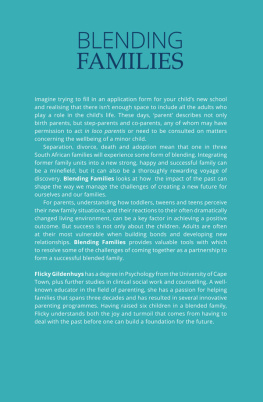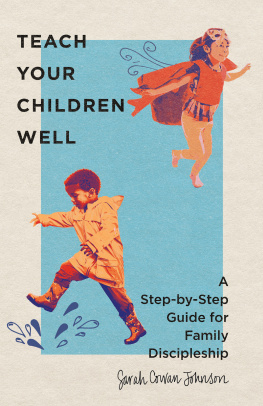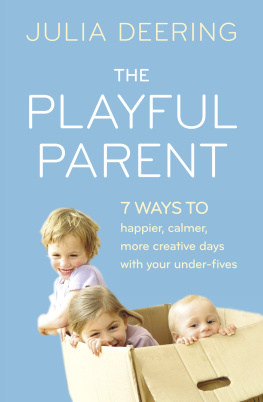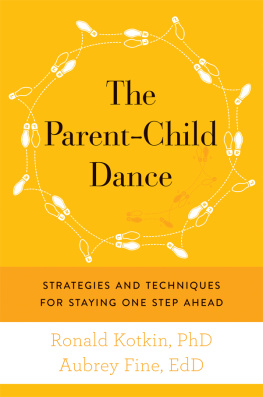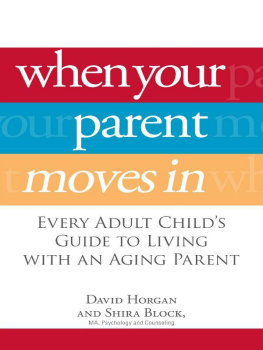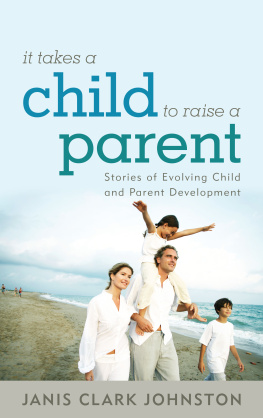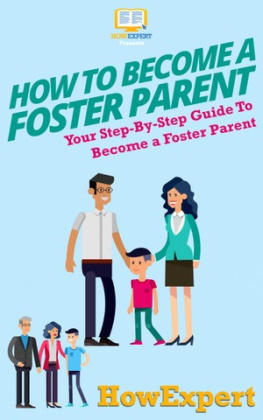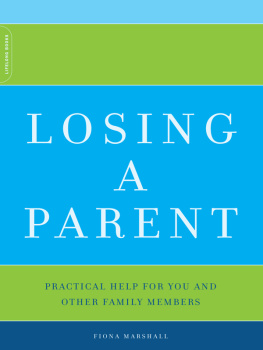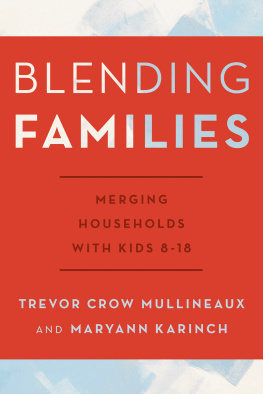Dedication
To all my children

Published in 2015 by Struik Lifestyle
(an imprint of Random House Struik (Pty) Ltd)
Company Reg. No 1966/003153/07
Estuaries No 4, Century Avenue (Oxbow Crescent), Century City 7441
PO Box 1144 Cape Town 8000 South Africa
www.randomstruik.co.za
Copyright in published edition: Random House Struik (Pty) Ltd 2015
Copyright in text: Flicky Gildenhuys 2015
Copyright in cover image: ZenShui/Eric Audras/Getty Images 2015
All rights reserved. No part of this publication may be reproduced, stored in a retrieval system or transmitted, in any form or by any means, electronic, digital, mechanical, photocopying, recording or otherwise, without the prior written permission of the publishers and the copyright owner(s).
Publisher: Linda de Villiers
Managing editor: Cecilia Barfield
Design manager: Beverley Dodd
Editor: Gavin Barfield
Designers: Randall Watson, Beverley Dodd (cover)
Proofreader and indexer: Gill Gordon
Cover reproduction by Hirt & Carter Cape (Pty) Ltd
Printing and binding by DJE Flexible Print Solutions
ISBN: 978-1-43230-363-1 (Print)
ISBN: 978-1-43230-548-2 (ePub)
ISBN: 978-1-43230-549-9 (PDF)
CONTENTS
INTRODUCTION
F illing in an application form for your childs new school can become a logistical nightmare. On most forms only one space is provided for Father, and one for Mother. Similarly, there is only one space available for your childs home address. How do you explain on the form that there is a third or even fourth parent involved who plays an integral part in your childs daily routine; who needs to be kept informed of school activities, and who has permission to act in loco parentis? Or that your child spends one week with one family and the next with the other? How do you fill in the space for siblings when that space only allows for three, and your child has five step-siblings?
Same-sex parents and parents of fostered children face similar dilemmas, and yet there is little or no flexibility for these increasingly common types of family. How can we expect blended families to adjust to their new situation when so little apparent acceptance, if not actual denial, surrounds their very existence?
According to the US Census (2006), 50 per cent of marriages in the USA end in divorce. Of those, it is estimated that 40 per cent will re-partner or remarry, and 70 per cent of those marriages will end in another separation or divorce. US Census statistics indicate that up to 50 per cent of children will live in a step-family at some time during their childhood, and yet it appears that the traditional family unit is still perceived as the norm. Nuclear family is no longer a relevant term to describe the typical family unit.
In South Africa, several unique circumstances have combined to produce even more complicated family structures than are found in the rest of the world. These circumstances include the fact that many South Africans are united in a cultural heritage in which the family is a complex extended unit that spans several generations.
Our cultural diversity was born of a system that systematically prevented the development of both traditional family structures and the nuclear family system for many South African families, largely through the effects of then-prevailing migrant labour and pass laws.
The orphaning and/or subsequent relocation of children due to the death of one or both parents from HIV/Aids can add another layer of complexity to various family structures.
In addition, lack of job opportunities forces many parents to seek work in towns and cities other than those in which their children live; in some cases, parents even have to move to other countries.
Although our enlightened constitution recognises common-law relationships, customary marriage (marriages negotiated, celebrated or concluded according to any of the systems of indigenous African customary law) and same-sex marriage, and allows for the adoption of children by same-sex partners, statistics indicate that our divorce rates are increasing.
As a consequence, we are faced with the reality of a new kind of family, one which has been reconstituted through the social, religious, economic and political influences of our past.
So what do we call these new families? Step-family is a term describing a family consisting of parents who live in a home together with their children, one (or more) of whom were not born to one of the parents. In South Africa we are faced with myriad other circumstances that bring people to live together as one socioeconomic unit which is now commonly called a blended family.
The term blended family more aptly describes the uniqueness and increasing complexity of South African families. While we will mainly be looking at how step-families can learn to function together, this book is nevertheless relevant for all categories of blended families.
This book will help you and your partner to develop a clearer understanding of what it may mean for you to be part of a blended family. It explores the factors that contribute towards the way you operate as a family; reveals where you may be challenged by differing expectations; and provides some tools with which to resolve the challenges of living together.
You will be encouraged to participate by responding to questions throughout the book. You may prefer to use a notebook to record your responses, so that both you and your partner can use the same book and then pass it on to others. Be sure to take the time to write down your answers, and then to share your responses with your partner at the appropriate time. There are no right answers; only your own story.
Some of the issues we will look at are uncomfortable, and could well be unpleasant reminders of bad times in the past, or the difficult demands of our present situation.
However, we cannot avoid these realities. In no way does this mean that you cannot celebrate the joy and pleasure of being part of a blended family, or cherish all that will be hopeful and wonderful in your new lives together.
My own blended family experience includes periods of fostering children, plus eight years of living in a remarried family with three children (two of his and an adopted son). In different ways, we have all been exposed to many of the dynamics and complexities that are described in this book. However, as a family, our experiences have been a gift which, although hard to open at times, and offering many surprises some good and some not so good has been a fundamentally joyful and enriching experience that has created in each of us a better understanding of how we can manage challenging relationships, and come out at the other end with a deeper sense of strength and resilience.
Note: Throughout the book, the quotes in italics are taken from conversations with members of blended families. (Where requested, respondents names and ages have been changed.)
Only one in three children live with both their parents. StatsSA (2010)
The 2012/2013 Annual Report of the Department of Justice reported that there was a 28% increase in new divorce cases in South Africa in 2012/13.
1
LOSS AND GRIEF
Tell me of your first wife, love,
Let us stand beside her grave
In silence, reverent and brave,
Honouring the care of years.
How she fed you, stopped your tears.
Next page
